Struggling to generate leads and drive conversions with your B2B content?
You’re not alone.
Many businesses make critical mistakes in their demand generation efforts, leaving potential customers cold and opportunities on the table. In this article, I’ll walk you through the most common mistakes in B2B demand gen content creation and show you how to avoid them, so you can start seeing real results from your efforts.
7 B2B Demand Gen Content Mistakes to Fix:
1. Being Too Salesy
One of the biggest mistakes I see is when people approach B2B content with an advertising mindset. They focus on promoting their product instead of providing value to their audience. Here’s the thing: B2B buyers aren’t looking for a sales pitch. They’re looking for solutions to their problems.
To fix this, shift your focus from features and benefits to addressing pain points and offering solutions. Position your product as a potential answer, but don’t make it the star of the show. Instead, aim to educate your audience and establish yourself as a thought leader in your space.
Try creating varied content using these formats:
- Case studies
- Industry reports
- How-to guides
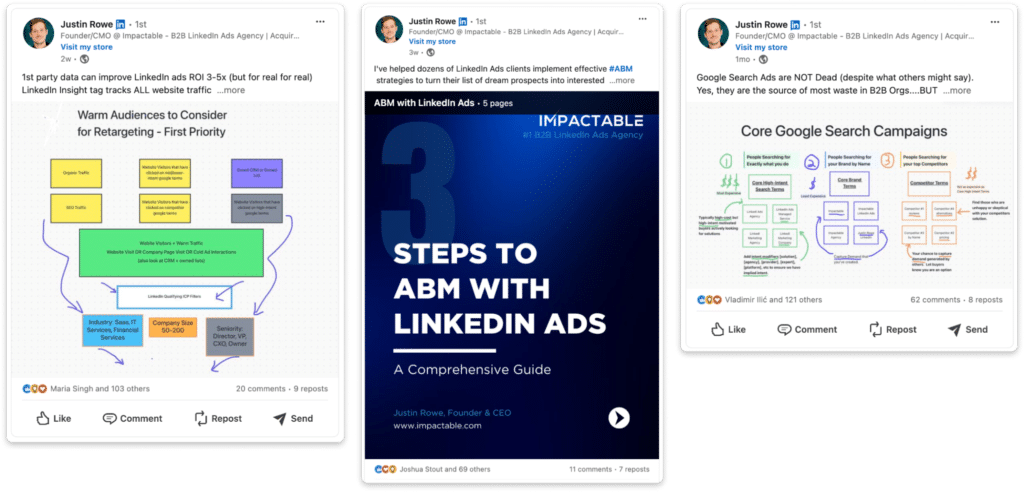
Sprinkle in mentions of your product or service, but keep the main focus on helping your audience. Remember, it’s about showing how you can help them, not just what your product does.
2. Neglecting the Buyer’s Journey
Another common mistake is forgetting about the buyer’s journey. Many people jump straight to leads and sales, but organic content in B2B demand gen is all about the middle of the funnel. It’s not about instant conversions; it’s about nurturing your prospects.
Your content should show that you have expertise and industry knowledge. Meet your audience in the middle of their journey, warming them up so that they’re more receptive to your message when you pitch or send lead magnets.
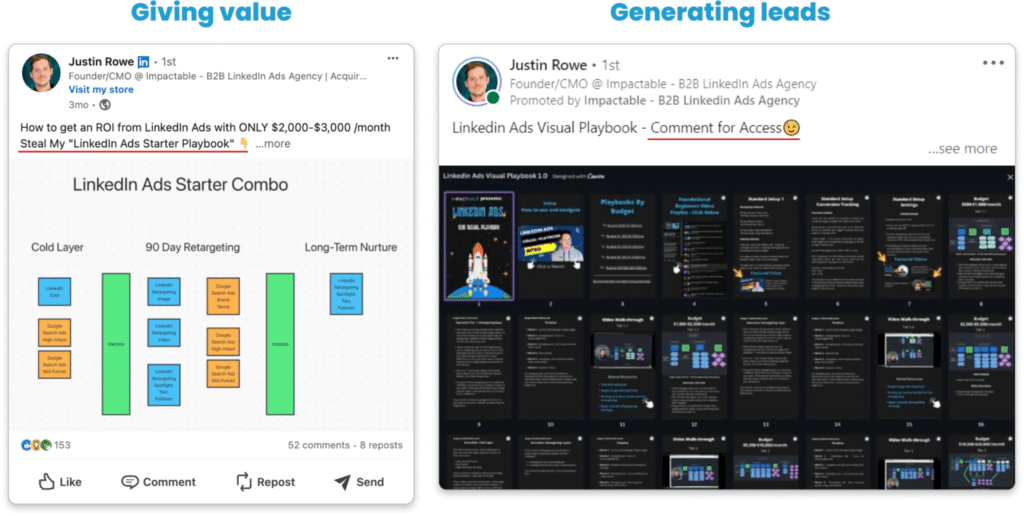
3. Lack of Clear Audience Targeting

Not knowing your Ideal Customer Profile (ICP) is a huge mistake. You can’t just come up with random topics, follow trends, and call it a day. Your content needs to be created for the people looking for your product or service.
The key here is research. Really dig deep into why certain prospects would be interested in your product. Create a detailed buyer persona, including:
- Demographic information
- Job roles
- Challenges
- Goals
Use customer surveys and interviews to get this information. If you don’t know who you’re targeting, you will waste resources and see a lower ROI.
4. Ignoring Data and Analytics
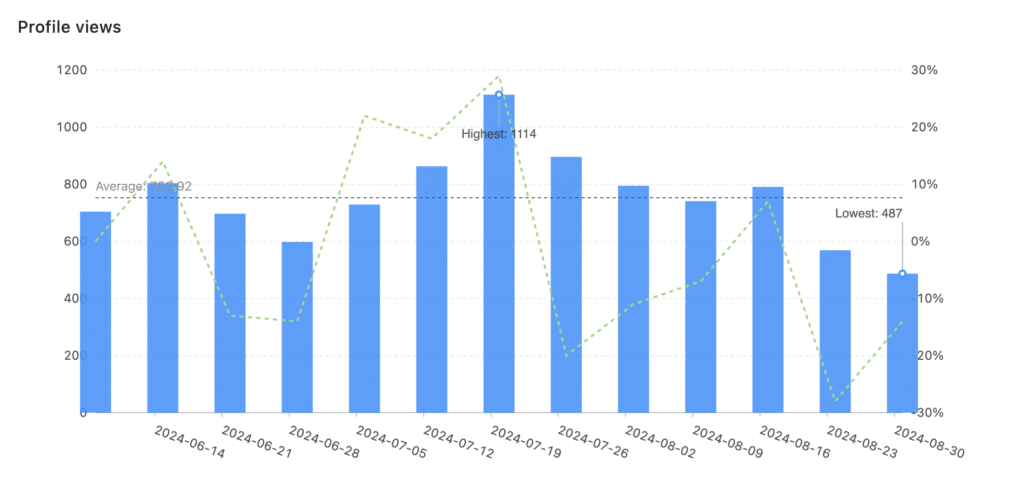
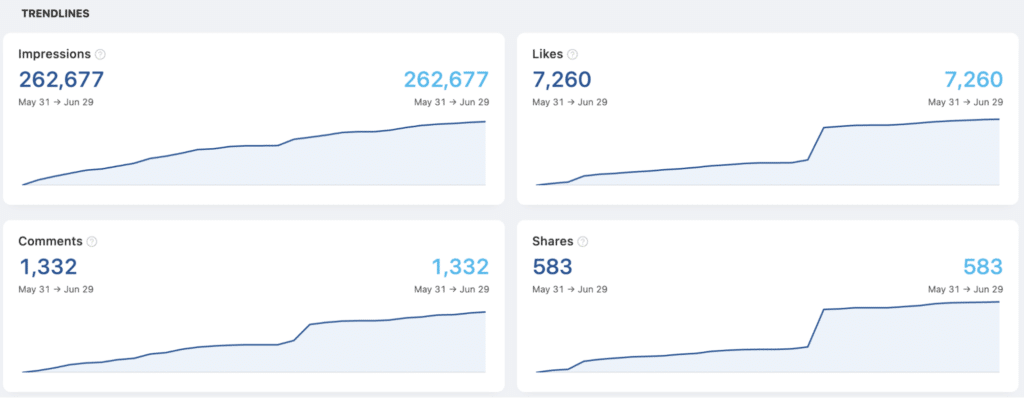
Knowing what content resonates with your audience is challenging if you’re not looking at the data. Ignoring analytics can lead to missed opportunities and repeated mistakes.
Utilize analytics tools to track things like:
- What’s driving conversions
- Which posts are performing well
- What content is resonating with your audience
At Impactable, we use tools like Shield and Agency Analytics to gain deep insights into account performance and conversions. But it’s not just about collecting data—you need the knowledge to draw conclusions and make recommendations based on what you’re seeing.
We have monthly analytics calls with our clients where we provide a comprehensive strategy report. We dive into the data ourselves, provide insights, and apply these learnings to the next month’s content strategy. This consistent process allows us to continually refine and improve our approach.
5. Not Doing Enough Testing
A/B testing is crucial, especially for newer clients or when content is stagnant. One of the great things about organic content is that you have room to experiment. What resonates with one audience might not work for another.
Test different aspects of your content strategy:
- Types of content
- Posting times
- Messaging styles
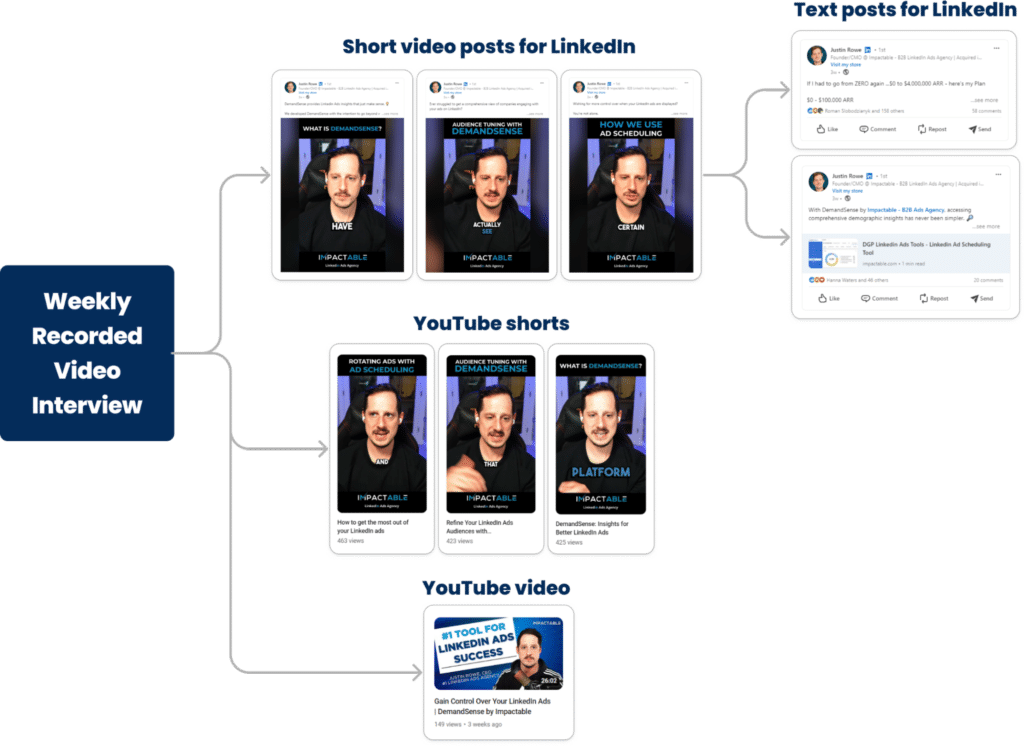
Have a regular process for analyzing this data and applying insights to your future content. We do monthly analytics calls with our clients to review performance and make adjustments.
6. Neglecting Video Content
Video is becoming increasingly important in B2B content. People have short attention spans these days, and video is a great way to deliver engaging, easily digestible content quickly.
Studies show that video content with faces performs particularly well on LinkedIn. It’s a powerful way to build authenticity and show the person behind the business. Don’t miss out on this opportunity to hook your audience’s attention in a competitive B2B landscape.
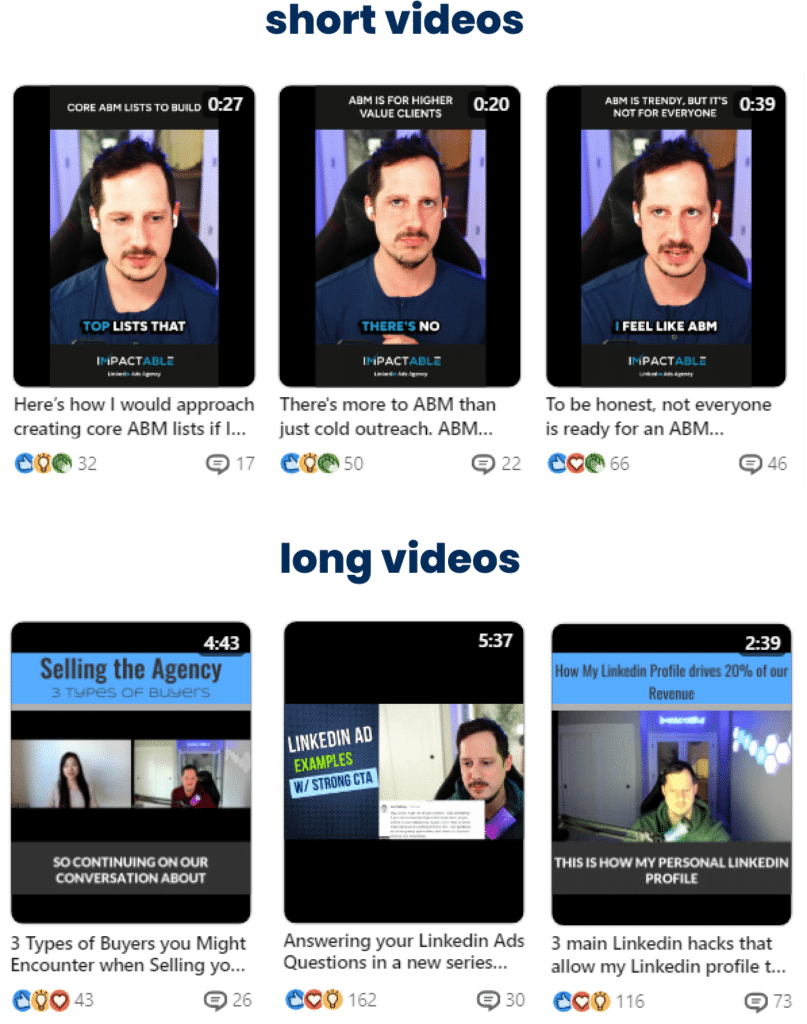
And here’s the thing – creating video content doesn’t have to be complicated or time-consuming. At Impactable, we show our clients that it can be a simple process that anyone can do. Many people believe that creating good quality video content requires investing in expensive tools and spending a lot of time on editing. We demonstrate that it’s actually a straightforward process that everyone can be a part of.
7. Inconsistent Posting
The LinkedIn algorithm rewards consistency. If you’re regularly active on the platform – not just posting, but also engaging with others and building your community – the algorithm will help get your content in front of more people.
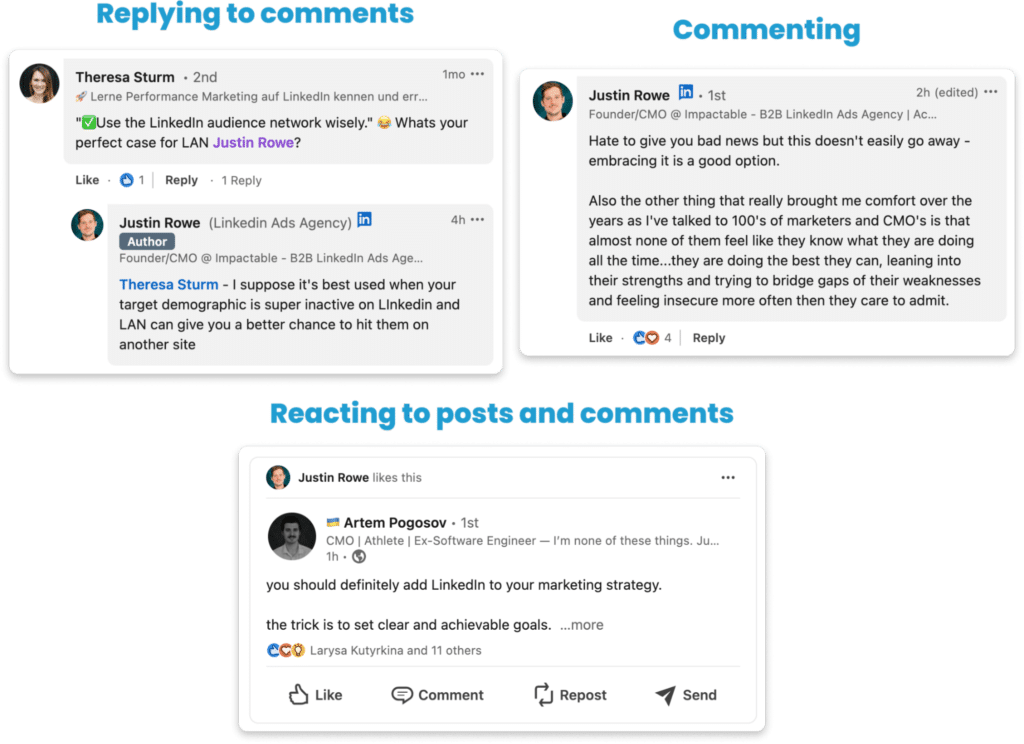
Consistent posting keeps your brand top of mind and builds brand authority. Irregular posting can confuse your audience and hurt your overall content strategy.
To avoid this mistake:
- Use organizational and planning tools
- Schedule your content in advance
- Try to post on the same days and times (unless you’re experimenting)
Remember, if you miss even one day, it can impact your performance in the algorithm. Once you’re in the algorithm’s good graces, you’re pretty much set – but you must maintain that consistency.
At Impactable, we use tools like Assembly to schedule content. Even if a client can’t make a call, we’ll find a way to create content based on trending topics in their space or get a quick paragraph from them via email. It’s all about staying consistent and working with the algorithm to maximize your reach.
To Sum Up

Thought leadership content is here to stay and will only become more and more important as AI is taking over and actual human expertise and insight becomes more and more valued.
If you need help starting a thought-leadership motion and creating the consistent flows and assets needed, just reach out to our team to help.
Impactable has options starting at $999/mo and can do all the work from creating strategy, setting up regular interviews, doing all the editing, and handling distribution for organic and paid.


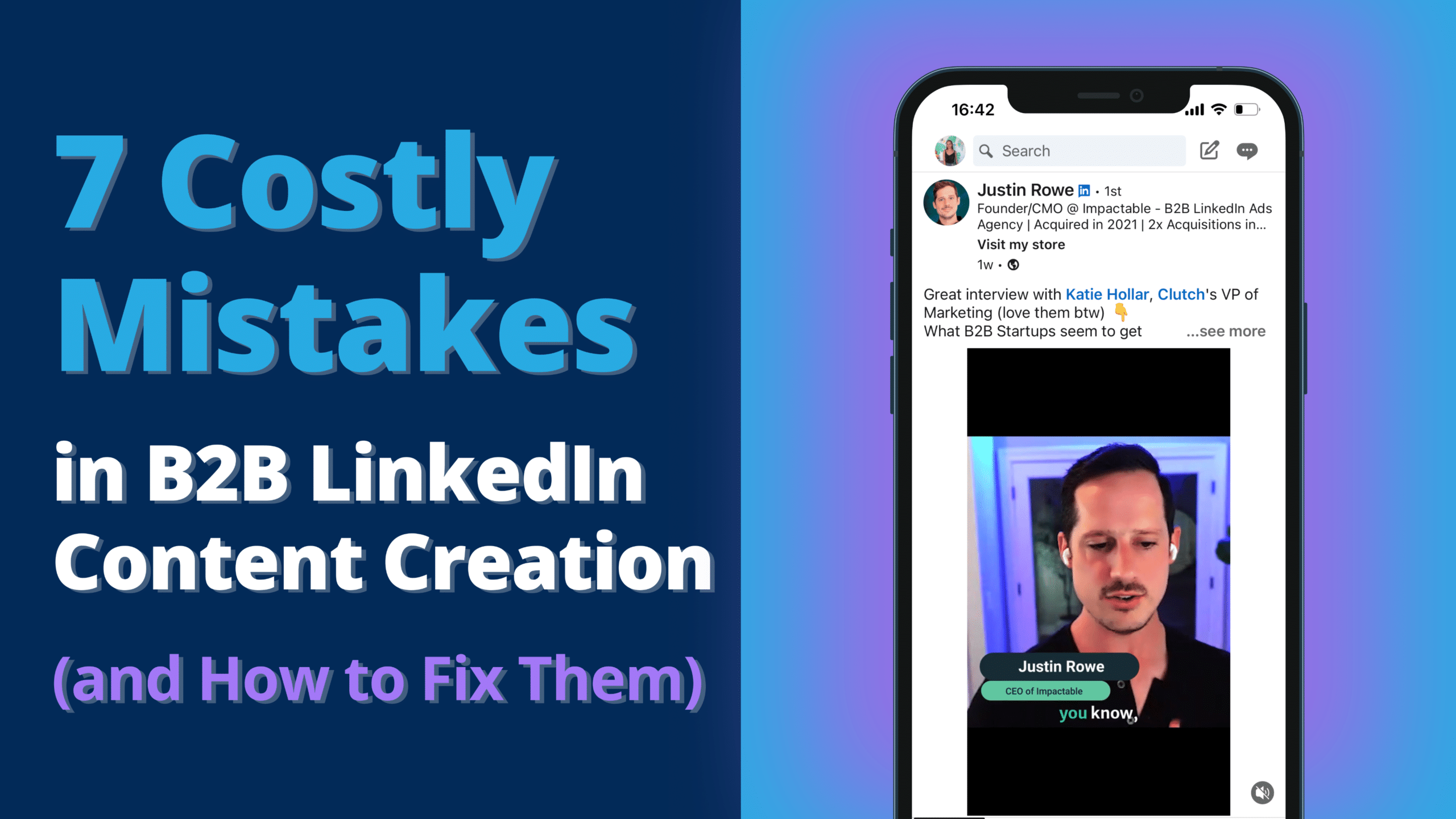


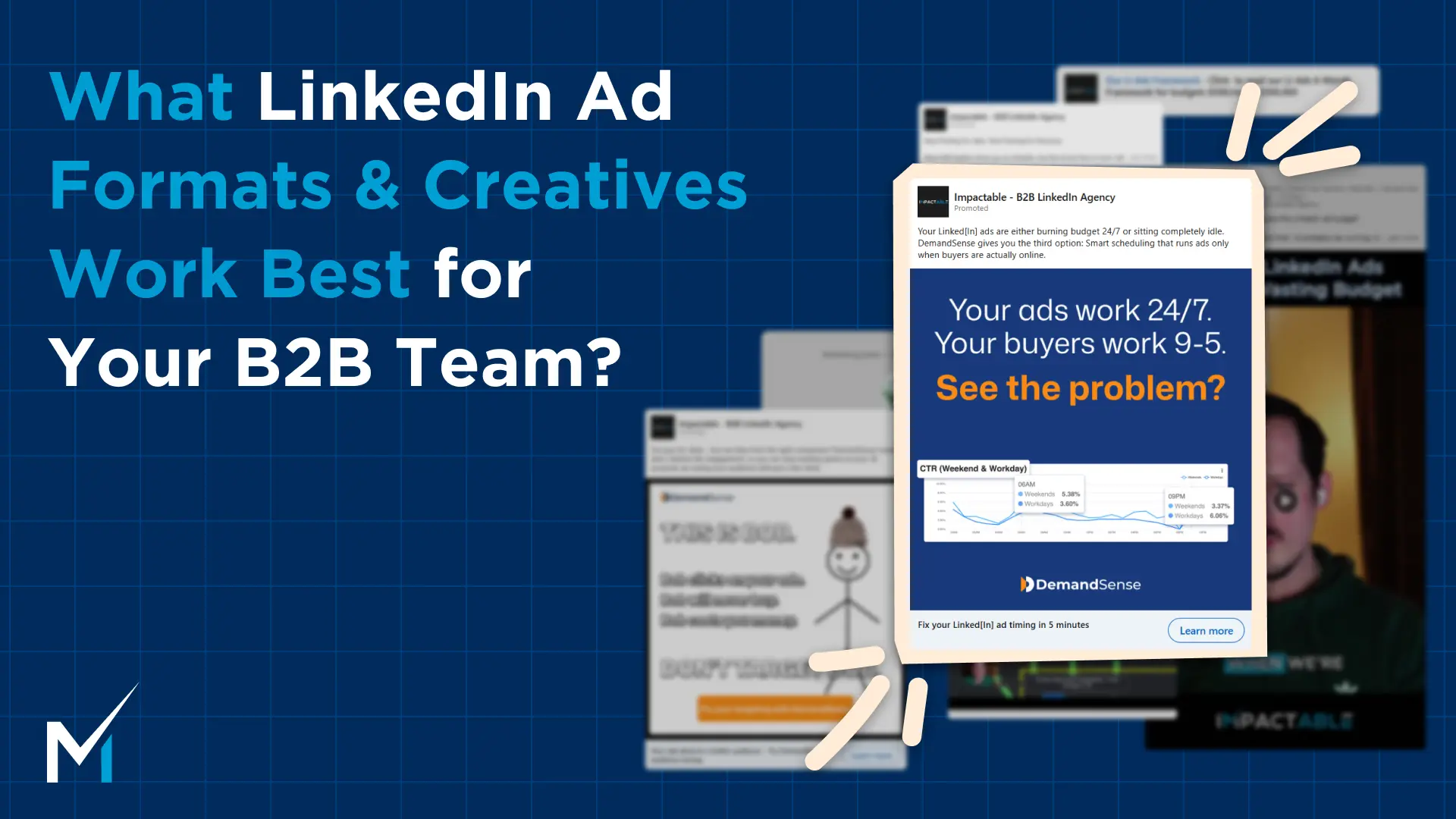
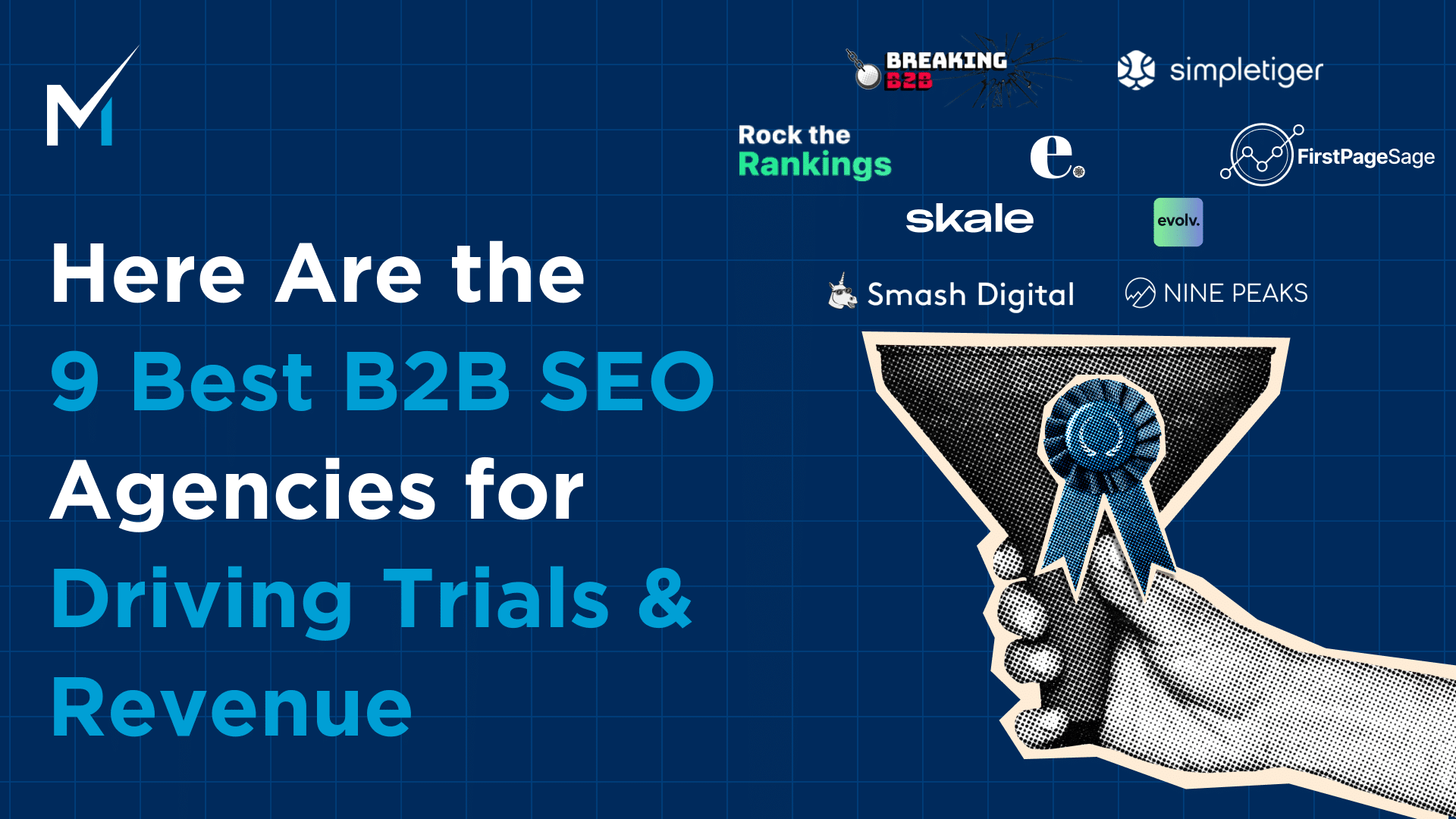
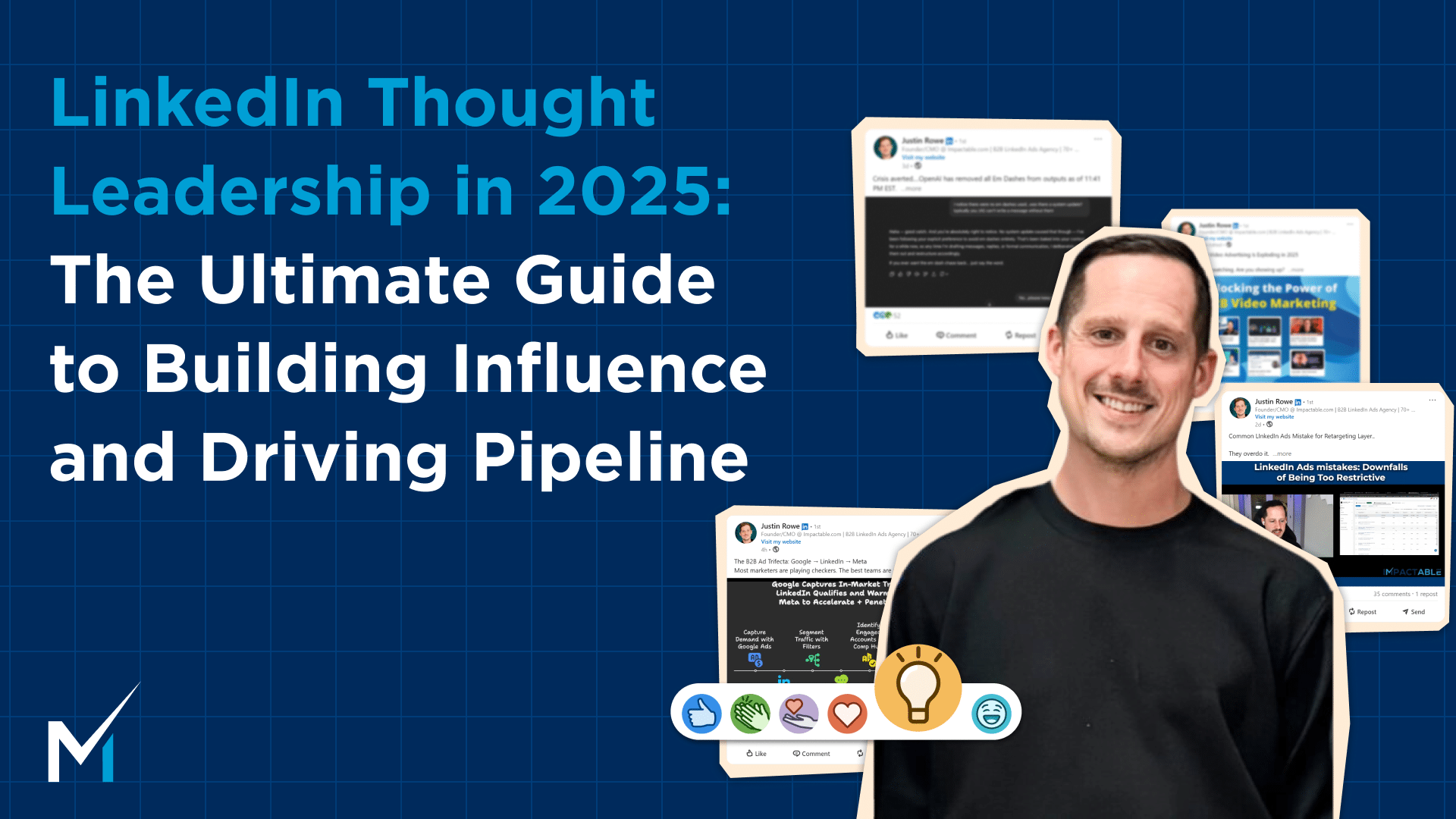
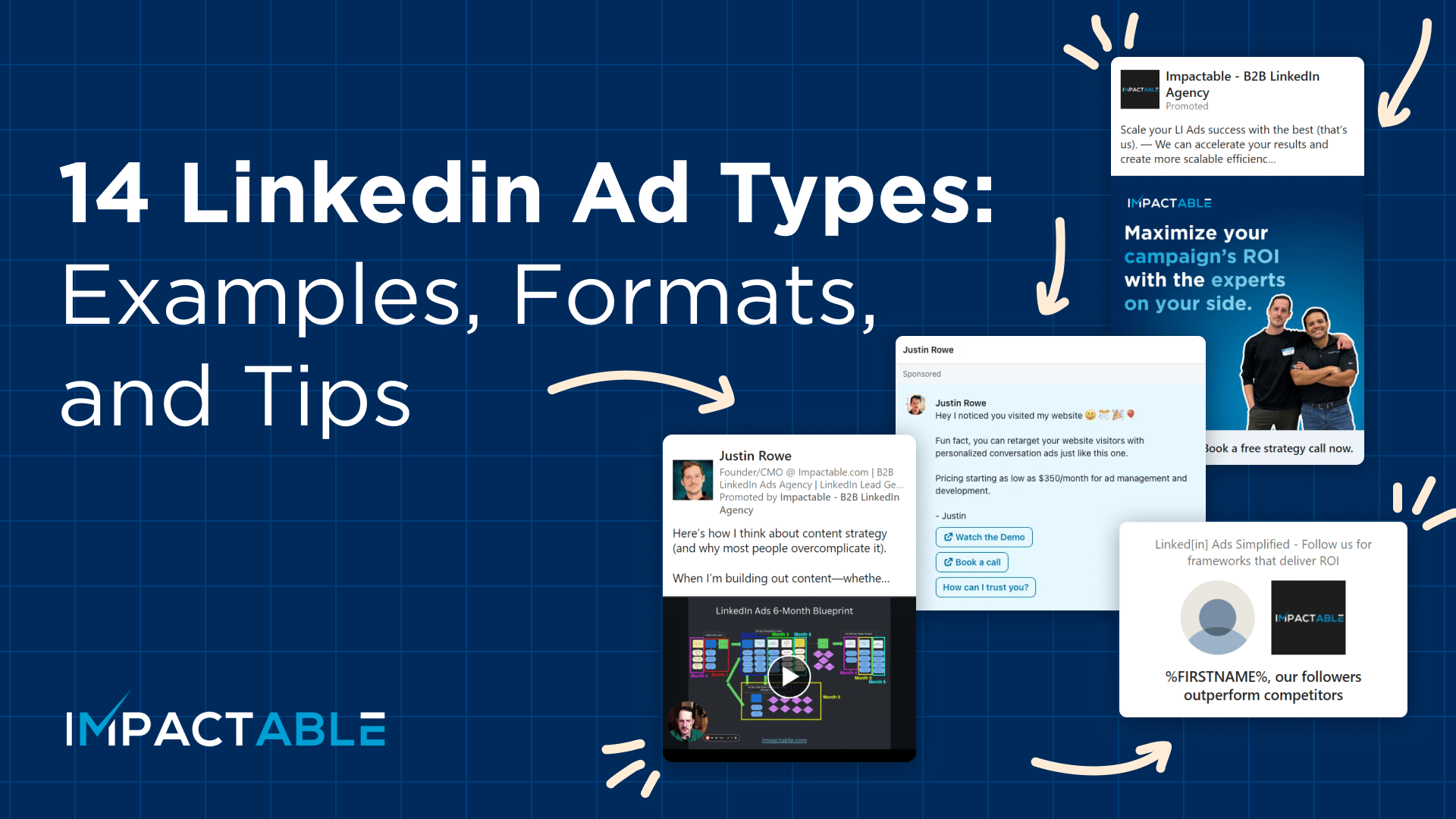
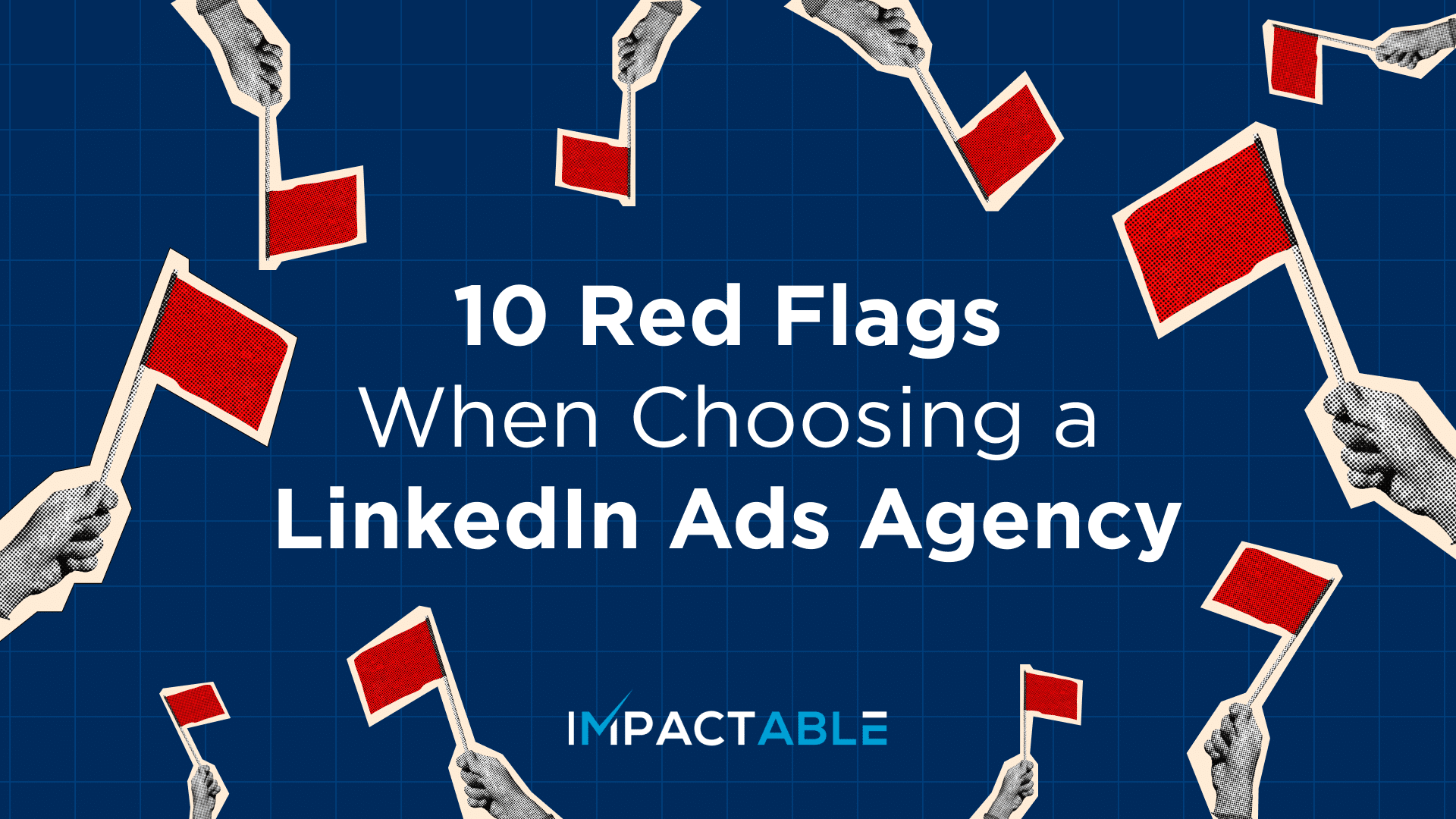
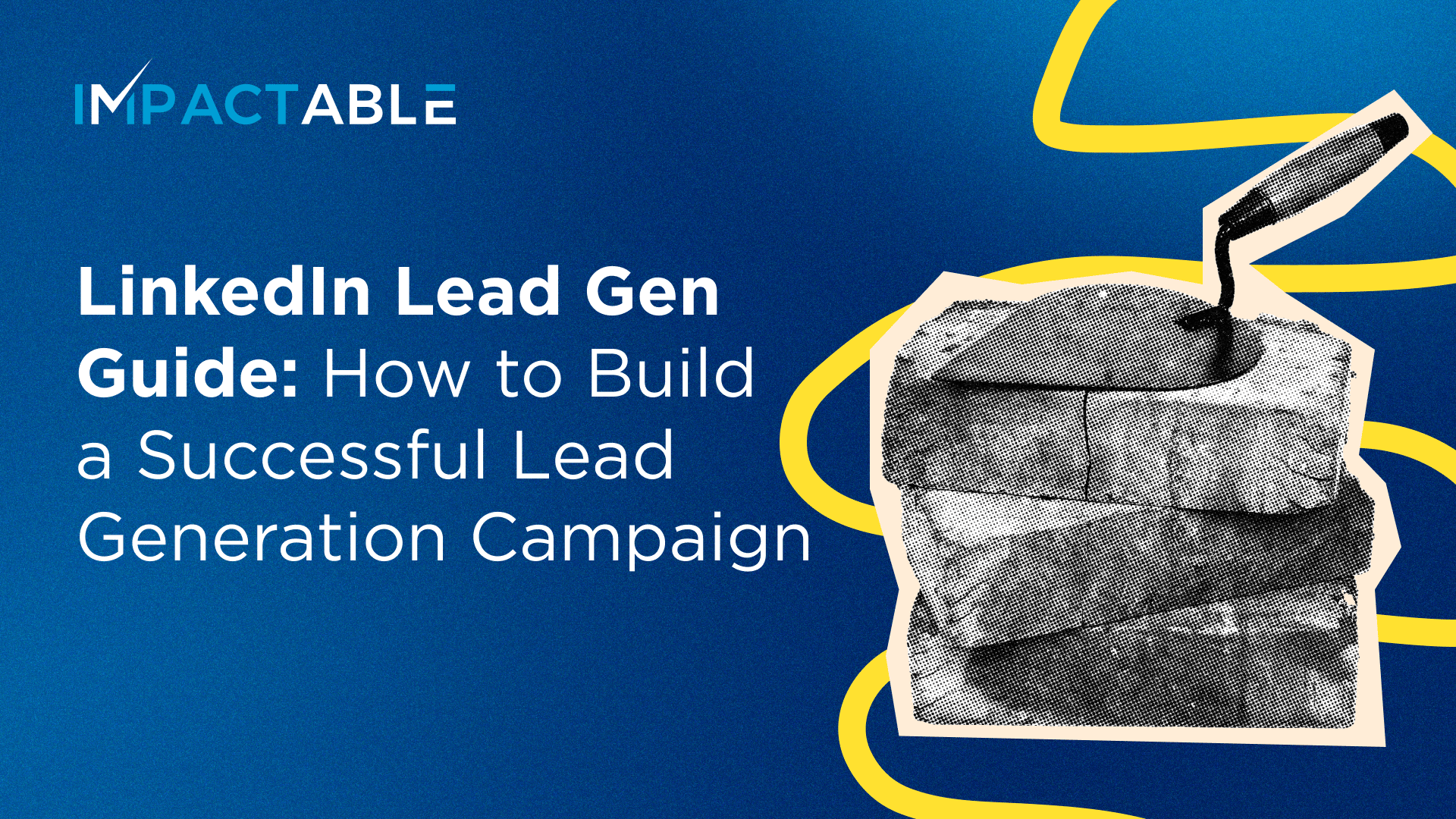

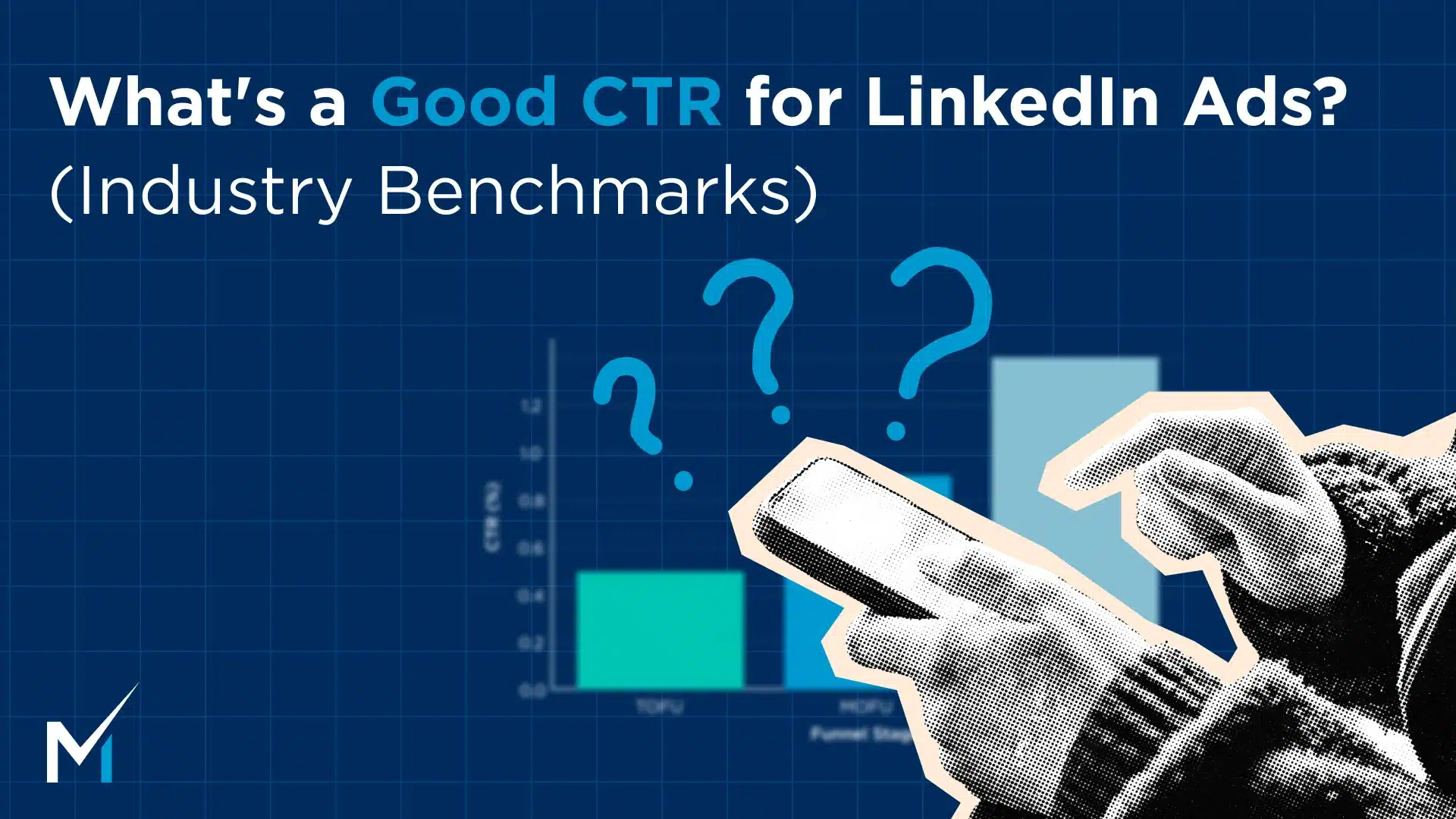
One Response
Great tips! Following these best practices can really enhance LinkedIn engagement.